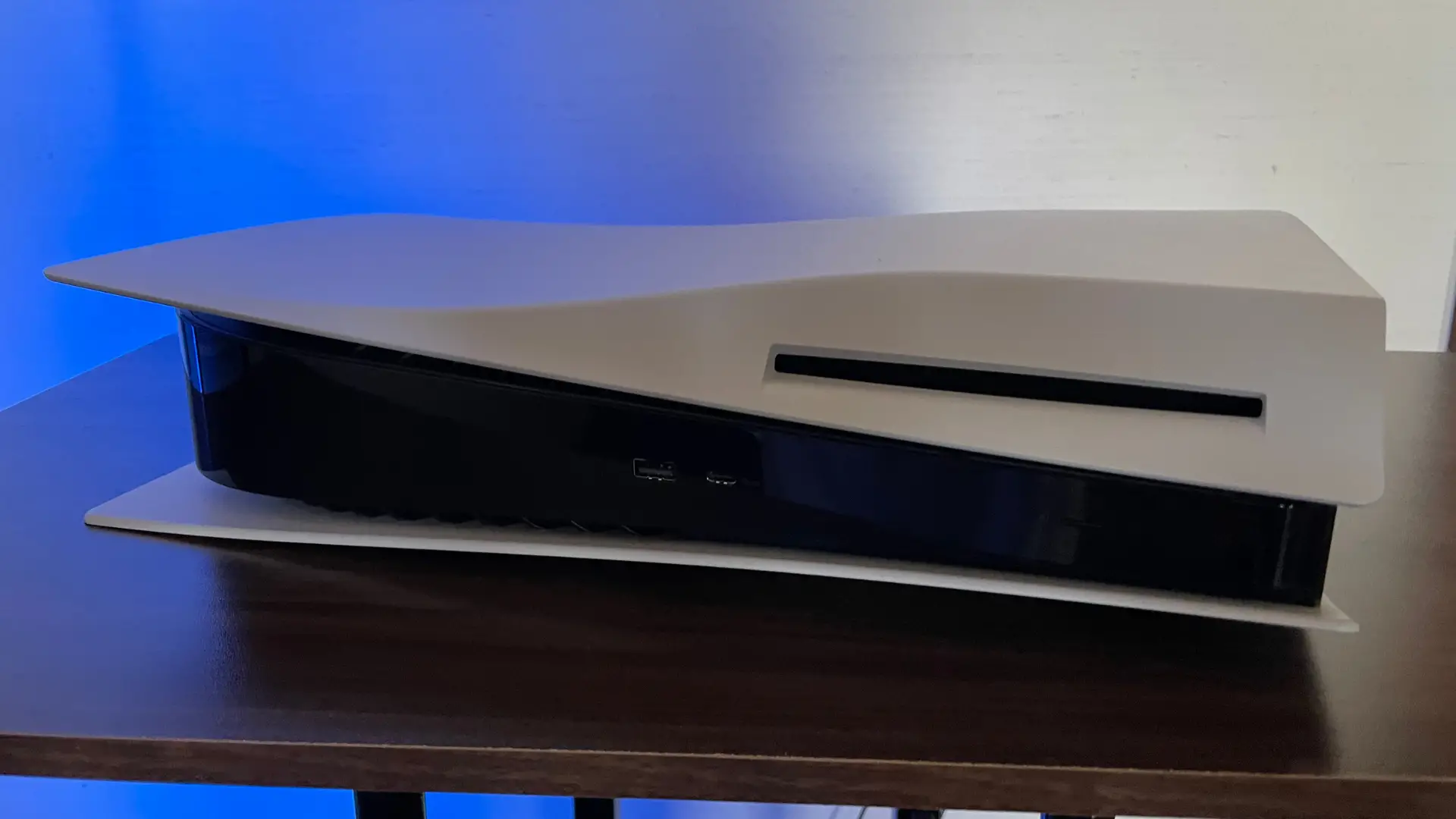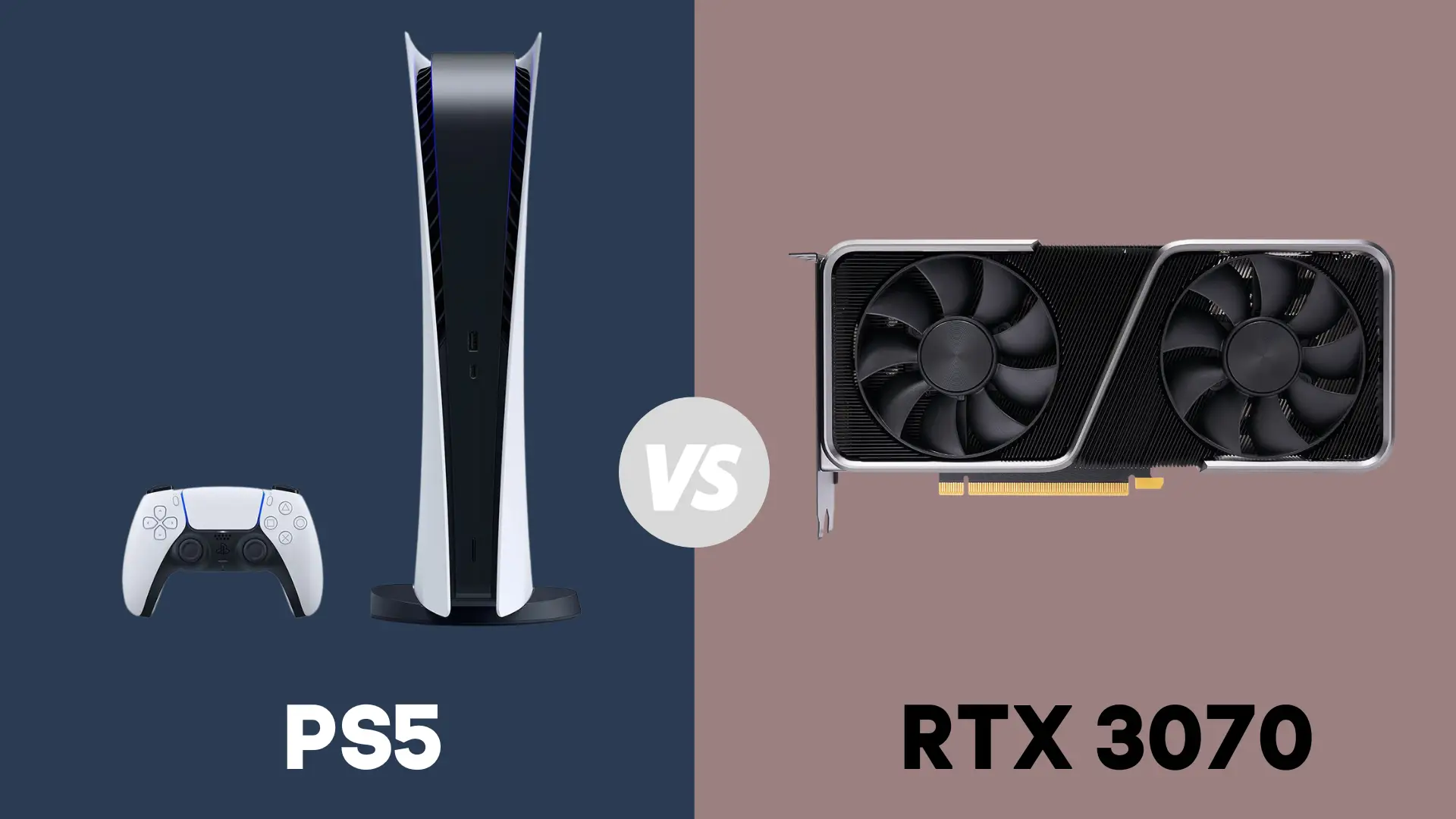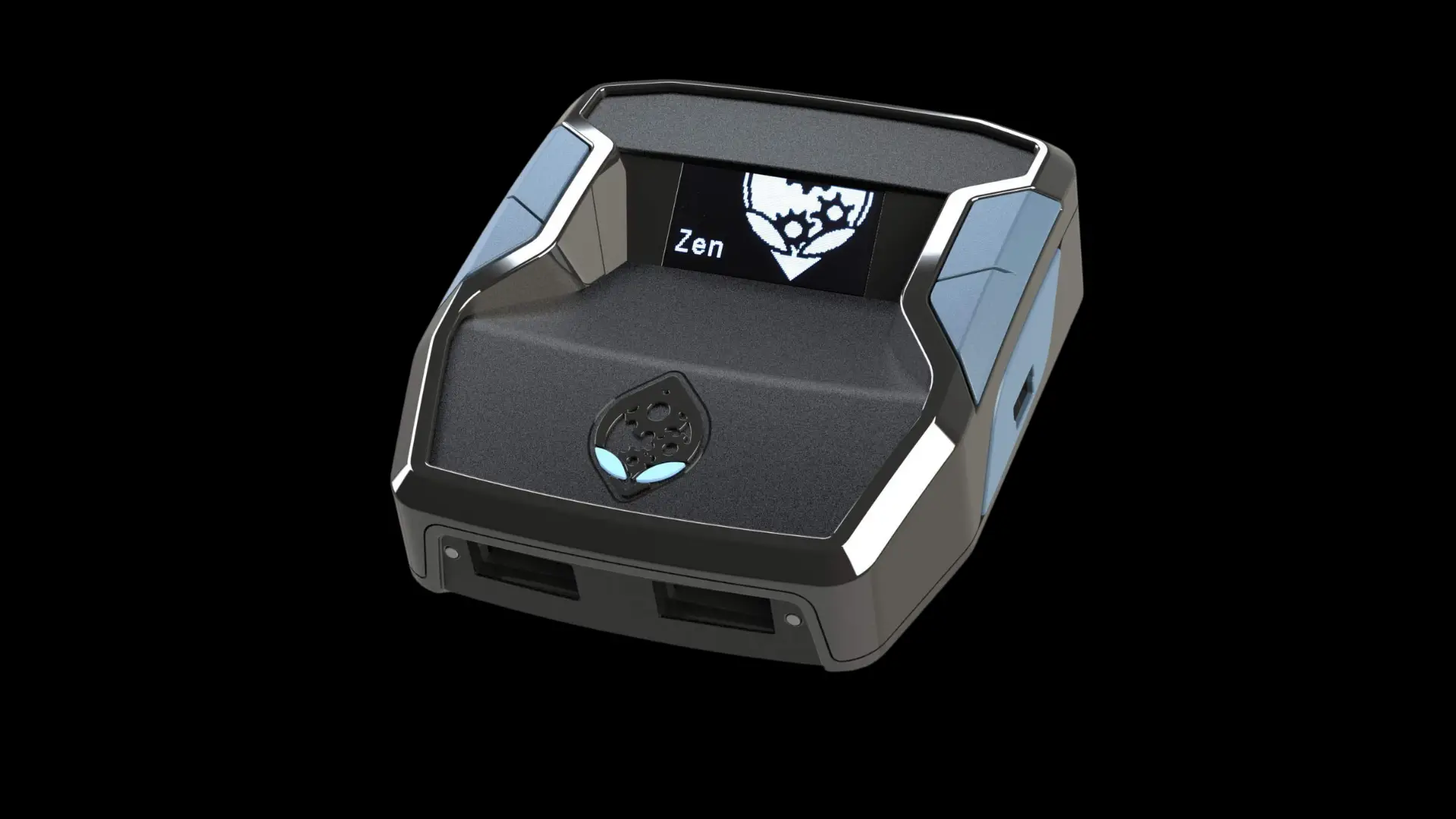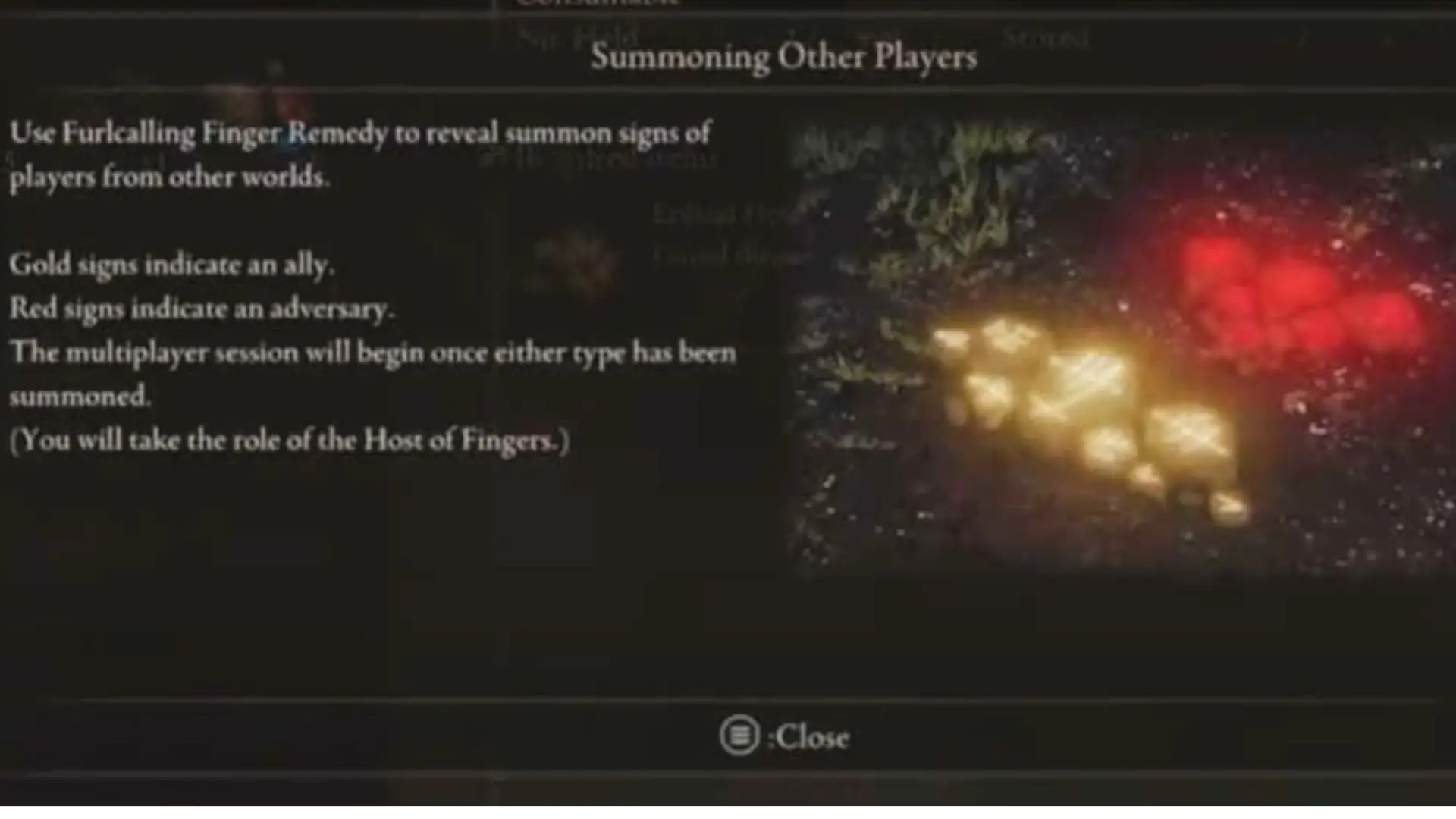Why Is My Nest Thermostat Blinking Red?
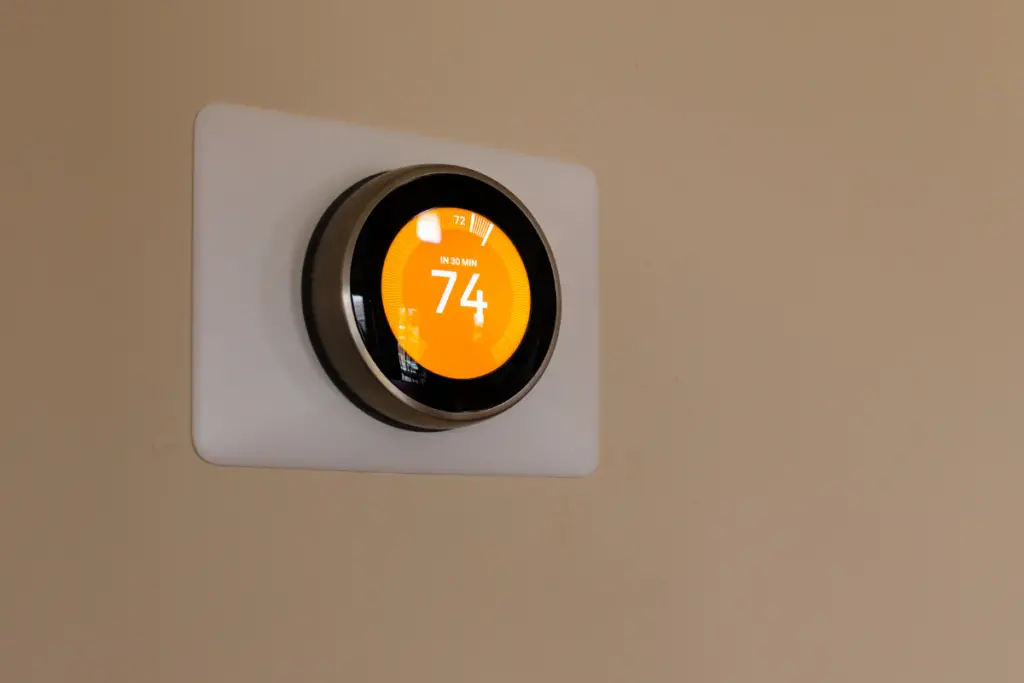
Smart thermostats were created to make life easier, but they can sometimes be a pain to figure out. Green lights indicate everything is running smoothly, but when your device is blinking red, it means that there is some issue.
When your Nest Thermostat is blinking red, it most likely means that the battery is running low. It usually charges itself, so you don’t have to do anything when you see a red light blinking. However, depending on when the red light appears, it could indicate a different problem that you need to troubleshoot.
This article discusses the Nest Thermostat, what it means when it blinks red, and how to fix the issue.
Why is my Nest Thermostat blinking red?
Blinking red lights on any of the Nest Thermostats – first, second, and third generation Nest Thermostats, Google Nest Thermostat E, the Google Nest Learning Thermostat – mean the same thing. Most of the time, it means that your thermostat’s battery is low.
You don’t have to worry about a red blinking light on your Nest Thermostat. It will recharge itself and the red light will go away once it is charged. You only have to worry if your thermostat is unresponsive and is blinking red or if the red blinking light goes away and comes back.
For both the Google Nest Thermostat E and the Nest Learning Thermostat, a blinking red light could mean a power issue or software update issue. Check your Nest app for error messages if the blinking red light does not go away.
Why is my Nest Thermostat unresponsive?
If your Nest Thermostat is unresponsive after you turn the ring or press on the screen, it could be that there is a power issue or your thermostat froze during an update.
When your Nest Thermostat’s display is blank, it means that the battery is completely drained. Use a USB cable to charge your thermostat then place it back on the base.
If that did not help, the problem could be improper installation on the base, a blown fuse, or faulty wiring. If you are not sure how to fix the issue, it is best to have a professional look at it.
What should I do if my Nest Thermostat is blinking red?
You should only worry that your Nest Thermostat is blinking red if it is also unresponsive, meaning it doesn’t light up when you touch the screen or turn the ring.
If your Nest Thermostat is responsive but has a blinking red light, it means its battery is low but it is currently charging. After a power outage, your thermostat will run on its battery. If the battery is low, you will have to wait until it’s charged again.
How can I speed up charging for my Nest Thermostat?
To charge your Nest Thermostat faster, you can take it off the wall and use the USB cable and wall charger to charge it. Once it is plugged in, the display will light up. Once it is charged, you can reconnect it to the thermostat base.
What if the red light doesn’t go away after charging?
If the red light on your Nest Thermostat is still blinking after you have charged it, it means there is another problem. This means it is most likely a wiring or system issue. To fix this, connect a Nest Power connector to the thermostat to see if that solves the problem.
If that did not solve the problem, your thermostat may need maintenance. Check to see if your air filter is clogged. This may cause your HVAC system to shut off, making it so that your thermostat can’t draw power.
Your thermostat screen may show you a Furnace Heads-Up message. Or you may see this message in the Nest app. If you see this message, you will need to have a professional look at your system and check the wiring.
Why does the blinking red light keep coming back on my Nest Thermostat?
Sometimes, you think you fix the issue because the blinking red light goes away, then it comes back. When this happens, it is most likely a wiring issue or power issue. You must check that the wires are connected correctly. If the problem is not with the wires, there may be an issue with the system.
What does a blinking green light mean on the Nest Thermostat?
A blinking green light on your Nest Thermostat means your system is updating its software or restarting itself. If your Nest Thermostat is unresponsive after restarting, it may have frozen during the software update.
What does a blinking orange light mean on the Nest Thermostat?
A blinking orange light on the Nest Thermostat means it needs to be charged using the USB cable provided. Once you charge the thermostat, put it back onto its base. The orange light should go away.
What if there are no lights on my Nest Thermostat?
If your Nest Thermostat is unresponsive and is not showing any lights, it means that it is not getting any power and its battery is completely drained. This can happen because your display is not connected to the base or you have lost power.
It may also be unresponsive because it is not compatible with the system it is connected to or because there is an issue with wiring.
Nest Thermostats are designed to save you money and maintain your desired temperature in your home. But a lot of things can go wrong, and trying to figure out the issue with your smart thermostat can be overwhelming.
A blinking red light on your Nest Thermostat indicates a low battery. Once the battery is charged, it should turn back on and the red blinking light will go away. If the Nest Thermostat is charged but the red light is still blinking, it is likely an issue with the wiring, the system, or power.
Watch out for error messages on your thermostat and on the Nest app. If there is a problem with the wiring or the system, your thermostat may give you an error code so you can look up the exact issue.
- How to Pair Meta Quest 3 Controllers with Your Quest 3 Headset: A Quick Guide
- How to Charge Meta Quest 3: A Guide to Powering Up Your VR Experience
- How to Cast Meta Quest 3 to Samsung TV: A Step-by-Step Guide
- How To Factory Reset Your Meta Quest 3: A Step-by-Step Guide
- How to Power On and Off the Meta Quest 3


